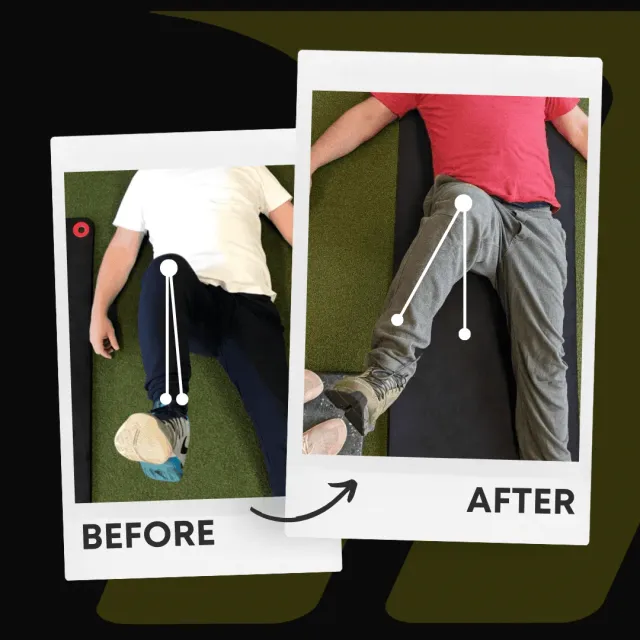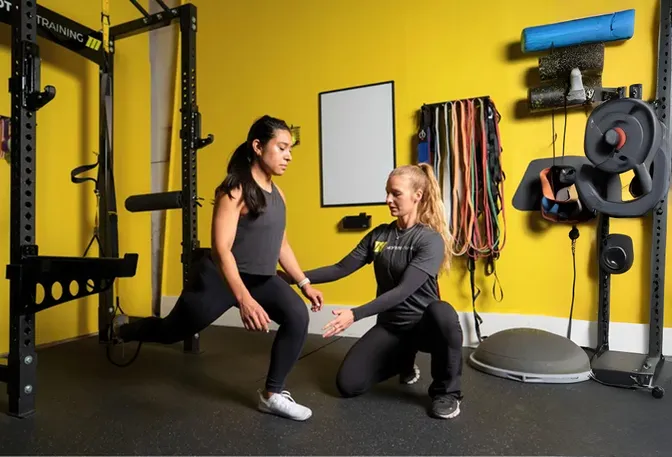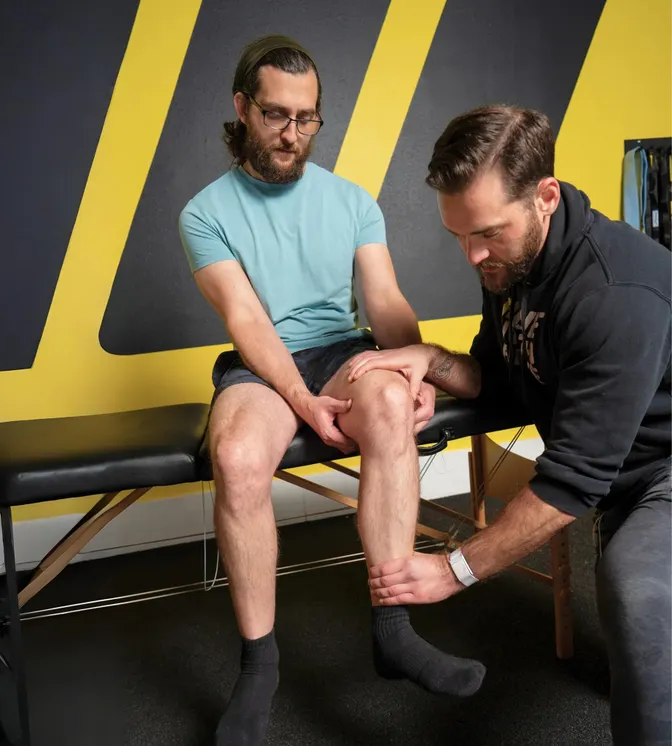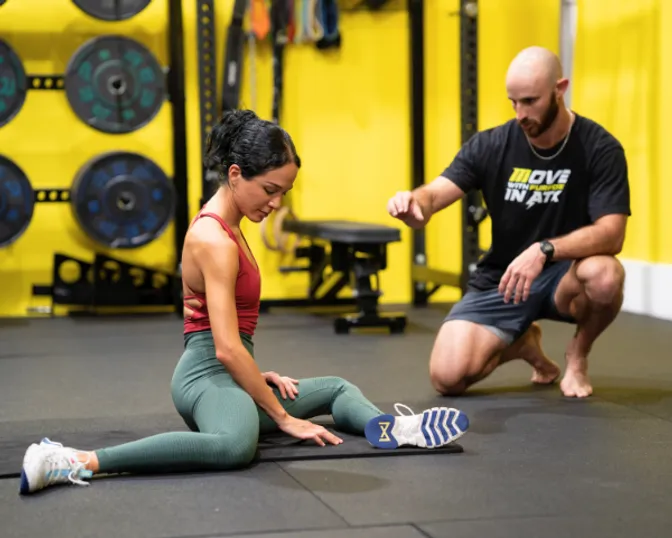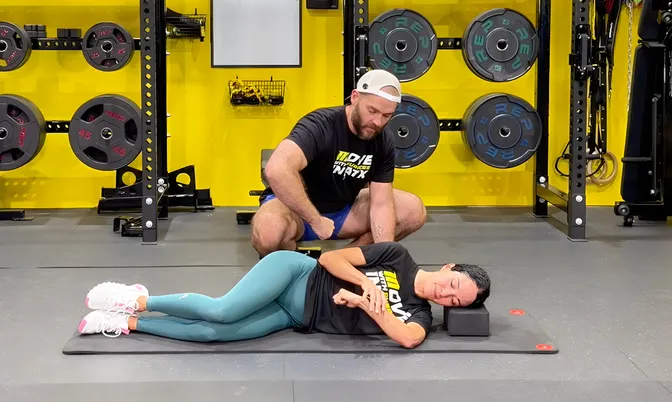Scapula Exercises You Need For Healthier Shoulders (And Better Programming)
July 11, 2024 | Personal Training
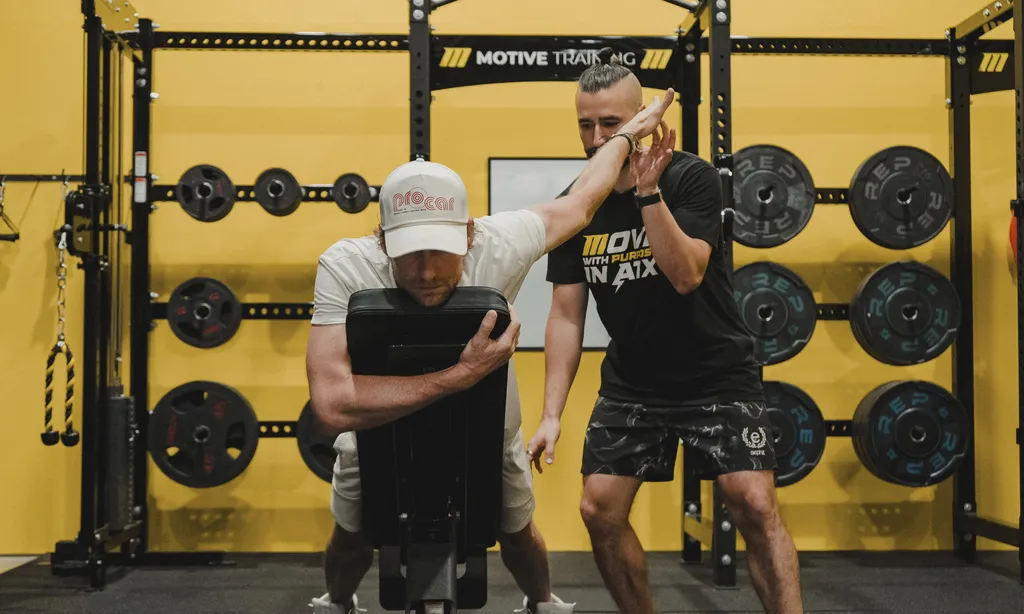
If you’re in your 30s or 40s and starting to feel like your body’s writing checks it didn’t used to—aching shoulders, stiff neck, trouble reaching behind you—there’s a good chance your scapula is part of the story.
Most people never think about their shoulder blades. But if they’re not moving well, everything else up top suffers. Lifts stall. Overhead work becomes a grind. And that nagging pinch in your shoulder? It could be your scapula saying, “Hey, remember me?”
At Motive Training, we focus on joint health first. We train the scapula directly, not just the shoulder as a whole because it plays a foundational role in how the shoulder moves, stabilizes and generates force. If your shoulder is hurting—or just not performing the way it should—start here.
What Your Scapula Actually Does
Your scapula acts like the control center for your upper body. It glides along your ribcage, adjusts to support overhead movement, and gives your shoulder joint a stable foundation to work from. But if it gets locked up, the entire shoulder complex suffers.
This is why we start many of our clients with Controlled Articular Rotations (CARs). CARs teach your scapula how to move the way it was designed to—through elevation, depression, protraction, retraction, and eventually, upward/downward rotation.
Want a visual? Here’s Andres at Motive Training ATX showing what that looks like in real time.
Why You Should Care (Even If You’re Not an Athlete)
1. It Prevents Shoulder Pain
Scapular training isn’t some elite performance tactic—it’s basic maintenance. Without a moving scapula, your rotator cuff takes the hit. That’s where impingements start. That’s when you stop pressing heavy or skip the last rep because your shoulder “just feels off.”
Mobility training isn’t optional if you want to stay pain-free. We use scapular CARs, isometric inputs, and strength-based protocols to help people build capacity—not just stretch what’s tight.
If you want to know exactly where your shoulder is breaking down, book a Functional Range Assessment (FRA). It’s how we assess joint movement, isolate the issue, and build a long-term plan that actually works.
2. It Builds Real-World Strength and Control
Training your scapula isn’t just about mobility—it’s about control. This becomes especially important if you’re:
- An overhead athlete (baseball, tennis, CrossFit, volleyball)
- In combat sports (boxing, MMA, jiu-jitsu)
- A weekend warrior dealing with years of built-up shoulder stiffness
For these populations, we teach the scapula to move and load well in all ranges. We use movements like landmine presses, lat pull variations, and PAILs/RAILs to rebuild end-range strength, where most people are weakest. If you’re not doing this kind of work, you’re missing a key layer of shoulder resilience.
You can learn more about our approach to joint-specific strength here: End-Range Mobility Training.
3. It Improves Your Posture (for Real)
No, scapular training won’t magically fix your posture—but it’s a critical piece of the puzzle. If your upper back muscles are underactive or your scapula is stuck, no amount of cuing “shoulders back” will stick. You’ll default to slouching by the end of the day.
When we train posture at Motive, we look beyond positions and focus on what the joints can do. That includes thoracic spine rotation, scapular upward rotation, and cervical control. All of it matters if you want to stand tall without stiffness.
Want a deeper dive into the actual mechanics of good posture? Check out Improve Posture in Austin, TX.
What Scapular Work Looks Like at Motive
Here’s what we often teach in-session:
- Scapular CARs to restore full movement
- Isometric holds at end ranges (especially retraction and upward rotation)
- Load progressions with cable, landmine, and ring-based movements
- Inputs based on your actual shoulder limitations, not guesswork
If you’re training at Motive, you’re already doing this—even if you don’t know it. Every press, every pull, every warm-up—your scapula is involved. We just make sure it’s doing its job, not skipping reps.
We built Motive Mobility for this exact reason—to give you a structured, progressive way to train your joints, including the scapula, at home.
Final Thoughts
You don’t need more banded shoulder warmups. You need to know how your joints move—and why they don’t.
Train your scapula with the same intent you bring to your lifts, and you’ll start to feel the difference. Stronger pressing. Cleaner overhead work. Less shoulder pain. Better posture. More confidence moving through life.
Scapula training isn’t the flashy stuff. But it’s the kind of work that keeps you in the game—and keeps you lifting, playing, throwing, and reaching for years to come.
Written by

Motive Training Staff
We’ll teach you how to move with purpose so you can lead a healthy, strong, and pain-free life. Our headquarters are in Austin, TX, but you can work with us online by signing up for KINSTRETCH Online or digging deep into one of our Motive Mobility Blueprints.
